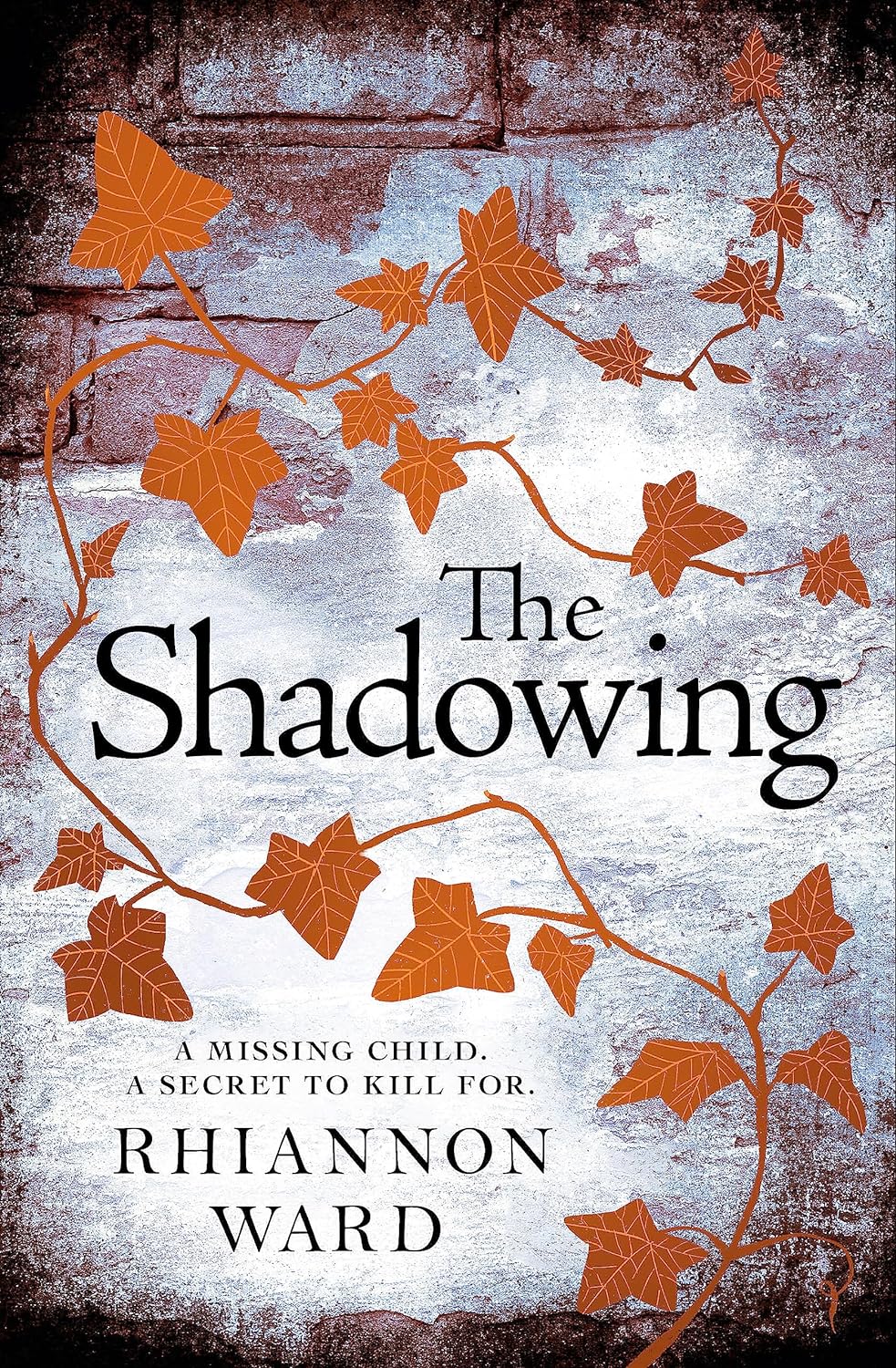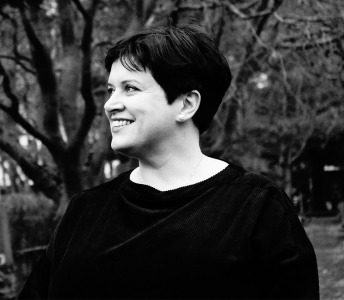Event Title:
Rhiannon Ward – My Ghostly Journey

The Shadowing is my second Rhiannon Ward gothic thriller with a ghostly element to it. When I was growing up, my first love was crime fiction and I read everything I could get my hands on, usually via my local library. I particularly loved Nordic Noir and it was natural therefore that, when I came to write my first novel, In Bitter Chill, I wanted it to be a contemporary thriller with a strong sense of place. I still read a lot of crime fiction, especially in translation, and it was my first choice for escapism during the 2020 lockdowns.
However, as a child I was also reading a lot of supernatural tales usually contained within anthologies such as the Pan Book of Ghosts. In many respects, ghost stories better reflect my upbringing. My Welsh mother was a great storyteller and often told tales with a slight off-beat element. I also think children are attracted to the chaos inherent in ghost stories and I was no exception. My favourite book was a now out of print coming of age story by Dilys Owen called Leo Possessed which showed how a malignant presence could consume both a house and its inhabitants.

While I was writing the first four novels in my contemporary series, I had in the back of my mind that I’d like to write a ghost story but this time set in the past. All my contemporary crime books had a historical element to them. My fourth book for example, The Shrouded Path, had a crime which took place in the 1950s. But I wanted my ghostly stories to be located completely in the past and my first gothic novel, The Quickening, was set in the 1920s where the aftermath of the First World War still preoccupied many people. Liminality works well in supernatural tales. Those passages of time where a decade hasn’t yet shrugged off the hangover of the preceding years. The Quickening also had a split timeline (I do love timeslip books) and I enjoyed the research I did for the Victorian passages so much that I decided to set my next book completely in the nineteenth century.
When I’m writing fiction, it’s important to me that I have strong female protagonists. Women’s worlds were very much restricted in the Victorian period and unless you want to confine your novel to the domestic sphere, the key is to find groups of women afforded greater amount of freedom. My protagonist Hester is a Quaker, a member of the Society of Friends, a religious movement which did much to improve the position of women in the nineteenth century. I loved researching her although I was hampered by lockdown restrictions and the fact that many libraries were shut. Thank goodness for literary and Quaker friends who loaned me books they’d picked up over the years on not only the Society but coaching inns and workhouses.
How is a ghost story different from a crime novel? Even if there’s a death and a subsequent investigation as there is in both my gothic novels, the addition of a supernatural element changes the dynamic. We’re no longer in the realm of the rational but open to the possibility of something otherworldly being responsible for the events. You can make the supernatural element realised or unrealised which can have a major impact on how a novel is concluded. But readers of ghost stories are open to innovative and unusual endings which can be fun to write. Will I write another ghost story? I hope so but for now I’m back in contemporary crime fiction for my work in progress and loving it.
Rhiannon Ward
